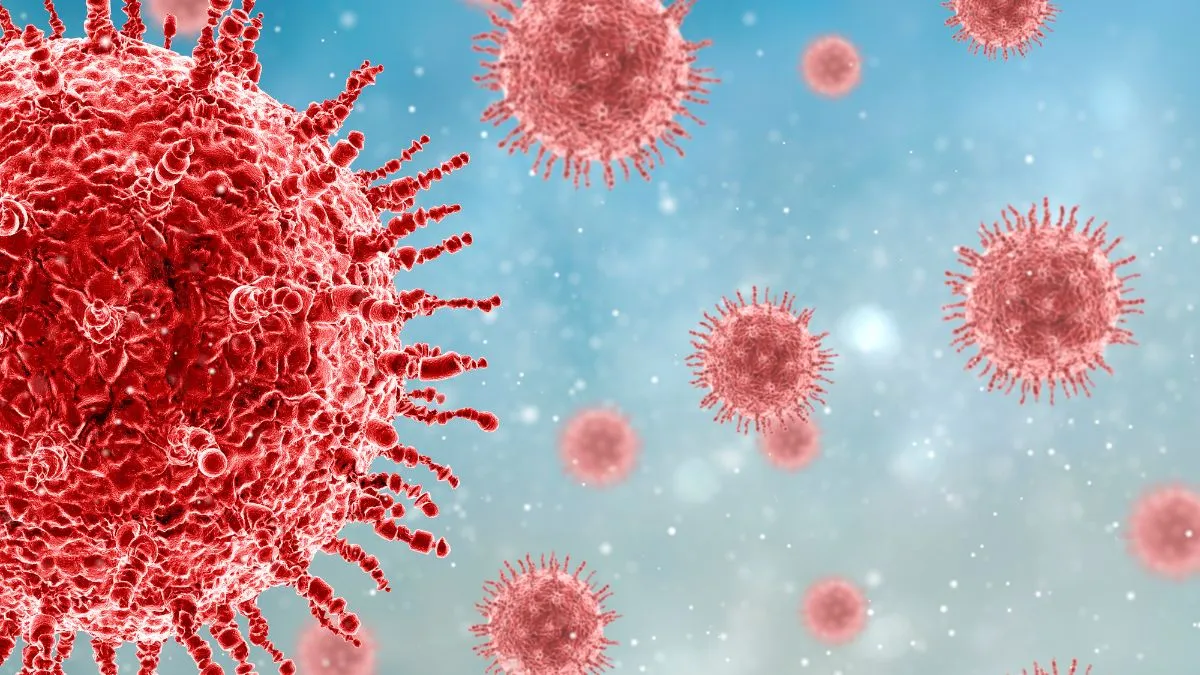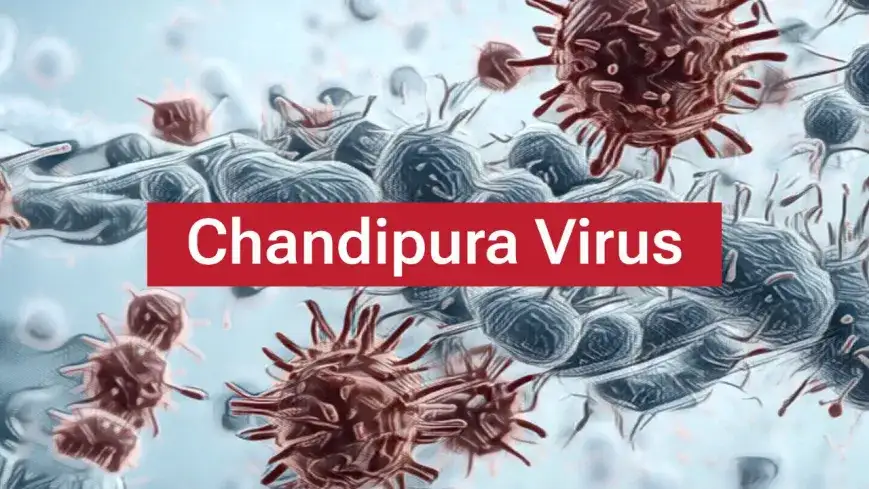Health Minister Rushikesh Patel informed the State Legislative Assembly on Wednesday that the outbreak of the Chandipura virus in Gujarat has resulted in the deaths of 28 children under the age of 14 since the first case was reported in July.
Patel claims that the state has reported 164 cases of viral encephalitis, resulting in the deaths of 101 children. The Chandipura virus, which is known to cause fever, flu-like symptoms, and acute brain inflammation, was specifically responsible for 61 of the 164 cases. The virus is mostly spread by vectors like sandflies and mosquitoes.
On Wednesday, the health minister gave the state legislative assembly assurance that the situation is now under control, with no new cases or deaths in the past week.

Mota Kanthariya, a four-year-old from Aravalli, died of the Chandipura virus at a government hospital in Sabarkantha earlier in the same month. On July 17, the Gujarat government confirmed the first Chandipura-related death in the state.
The sandfly, which carries the Chandipura virus, typically resides in the crevices of mud houses, which are common in rural Gujarat, the health minister informed the House. The state government has launched a comprehensive effort to control vectors and contain the virus to combat the outbreak.
Health teams have surveyed over 53,000 affected homes and applied Malathion powder, a pesticide, to more than 7 lakh mud houses in villages as part of this effort. Additionally, nearly 1.58 lakh homes have been treated with liquid pesticides. The authorities have also implemented these measures in nearly 40,000 schools and over 36,000 Anganwadis in the affected districts because they are aware of the children's vulnerability.

The CHPV virus, which is related to the vesicular stomatitis virus and is a member of the Rhabdoviridae family, was first discovered in 1965 in Chandipura, a village in Maharashtra, India. Although other insects may also play a role in its spread, the bite of infected sandflies is the primary method by which it is transmitted to humans. The virus has been reported occasionally in various parts of India, with outbreaks in states like Andhra Pradesh, Gujarat, and Maharashtra in the past.
Background of the Chandipura Virus
CHPV is an RNA virus belonging to the Rhabdoviridae family, which also includes the rabies virus. It was first identified in Chandipura, Maharashtra, in 1965. The virus primarily transmits through bites from infected sandflies (genus Phlebotomus). Infections are more prevalent in rural areas, particularly during the monsoon season when sandfly populations thrive.
Symptoms and Transmission
The symptoms of CHPV infection can escalate quickly and typically include:
- High fever
- Severe headache
- Vomiting
- Convulsions
- Altered mental status (confusion, irritability)
- In severe cases, coma and death
The virus is not contagious; it primarily spreads through vector-borne transmission from sandflies. Factors like environmental conditions, which favor sandfly breeding, have been implicated in the outbreak

Public Health Response
In response to this outbreak, the Gujarat government has implemented various public health measures, including:
- Insecticidal spraying to control vector populations
- Increased public awareness and education on prevention
- Early diagnosis and timely medical referrals for suspected cases
A National Joint Outbreak Response Team (NJORT) has also been deployed to assist state officials in managing the crisis.
The Chandipura virus, which has caused a significant public health concern in Gujarat, has claimed the lives of 28 children since the first cases were reported in July 2024. The virus is a form of viral encephalitis, a potentially fatal inflammation of the brain. Its transmission is typically associated with vectors such as mosquitoes, sandflies, and ticks. In Gujarat, the sandfly, which harbors the Chandipura virus, is particularly prevalent in rural areas, often found in mud houses where these insects breed in cracks.
In total, the state has reported 164 cases of viral encephalitis, of which 101 were fatal. While the Chandipura virus was responsible for 28 of these deaths, other viral infections caused the remaining fatalities. In response to this crisis, the state has initiated an aggressive vector control campaign. Health teams have been conducting extensive surveys of over 53,000 homes in affected areas. Additionally, more than 7 lakh mud houses have been treated with Malathion powder, a pesticide designed to curb the spread of the virus. Schools and Anganwadis (rural child-care centers) in the impacted districts have also been treated with both powder and liquid pesticides.
The government has emphasized that the situation is under control, with no new deaths reported for over a week at the time of the latest updates. However, the state's health department continues to monitor the situation closely, with research ongoing at the Gujarat Biotechnology Research Centre (GBRC) to better understand the virus and its transmission. This research is critical for determining the exact cause of viral encephalitis and developing more effective containment strategies for future outbreaks.
The Chandipura virus outbreak in Gujarat has sparked considerable alarm, especially with the alarming toll on children under the age of 14. As of August 2024, there have been 28 confirmed fatalities due to the virus, with 73 others having died from other forms of viral encephalitis. The state’s health minister, Rushikesh Patel, confirmed the presence of 164 cases of viral encephalitis, 61 of which were linked to the Chandipura virus.
The Chandipura virus is primarily transmitted by sandflies, which thrive in rural and semi-rural areas. These insects often breed in the cracks of mud houses, which are common in the affected regions. The virus causes flu-like symptoms followed by acute encephalitis, which can be fatal if not addressed promptly. Children, being more vulnerable to infections, are particularly at risk.
In response to the growing number of cases, the Gujarat government launched an extensive vector control campaign. The initiative includes the application of Malathion powder—a pesticide—on over 7 lakh mud houses in rural areas. In addition, liquid pesticides have been sprayed in nearly 1.58 lakh houses and over 40,000 schools and child-care centers (Anganwadis) in the affected districts. This campaign is part of the broader efforts to prevent the further spread of the virus and minimize its impact.







